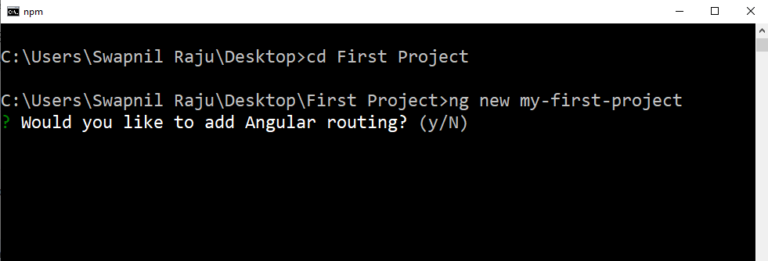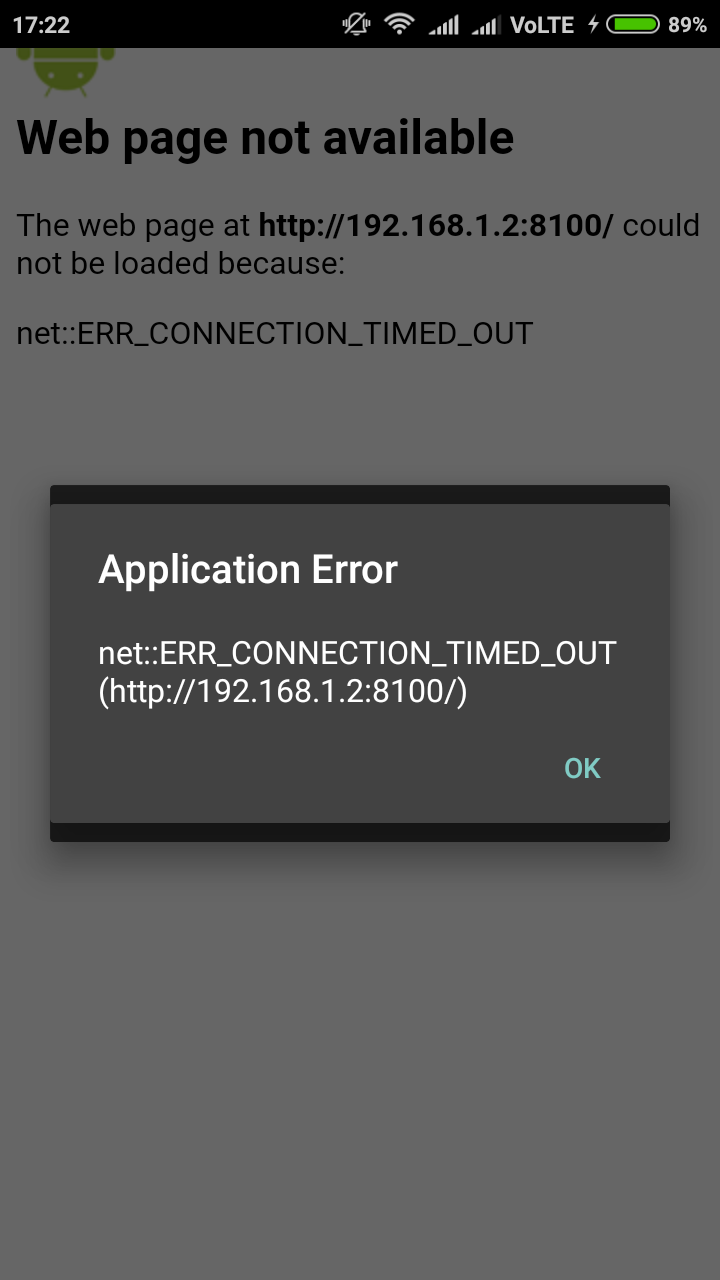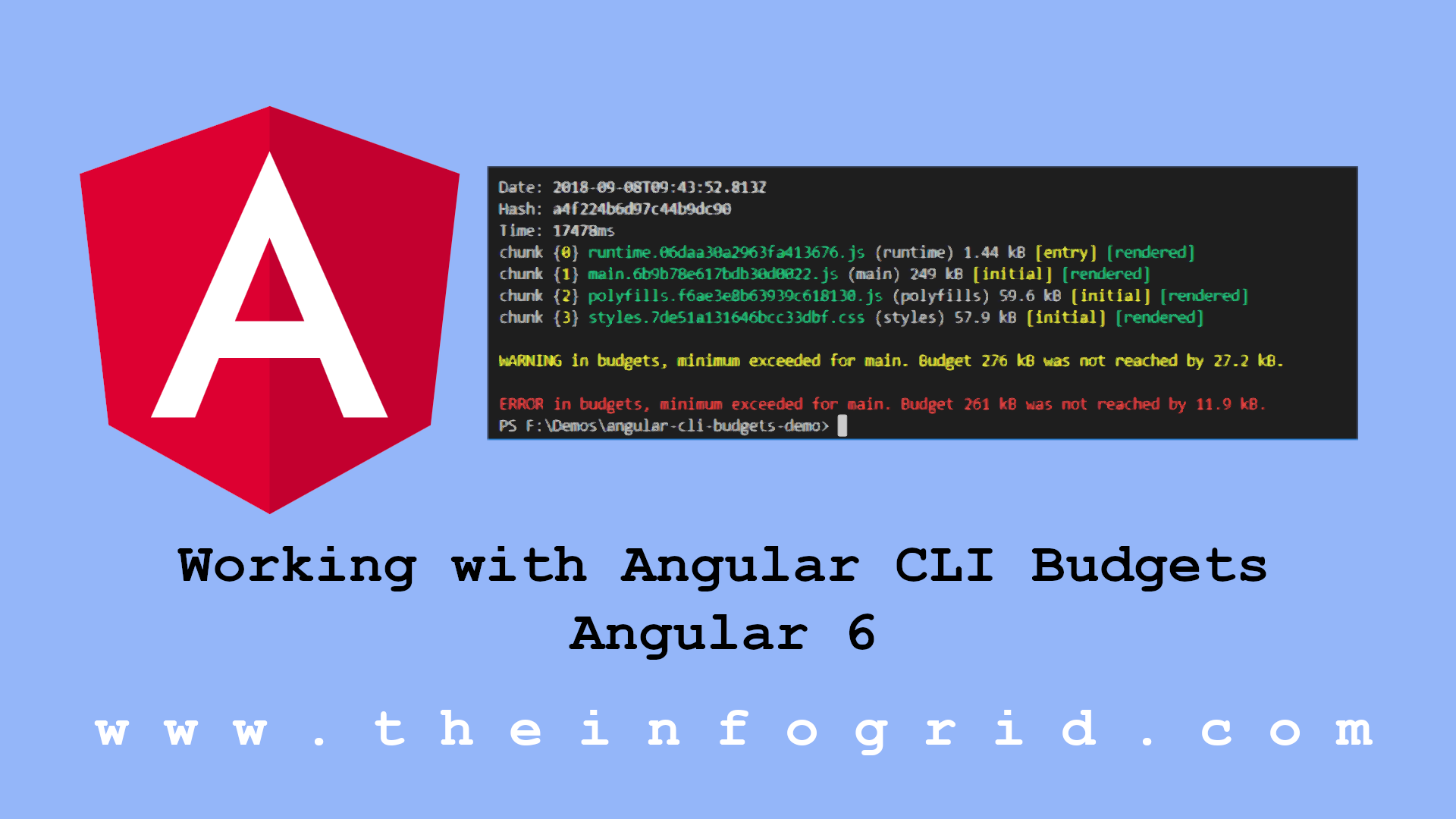

- #Angular cli livereload not working how to#
- #Angular cli livereload not working install#
- #Angular cli livereload not working full#
- #Angular cli livereload not working windows#
In this case, the virtual port 4200 will be redirected to the actual 4200 port.
#Angular cli livereload not working how to#
The argument -p tells Docker how to map the ports that we previously told to Expose. Once it is built, it's now time to run it and test it. You can change imageName for the name you want. The following commands are meant to be ran on our project's root folder. Docker will be build it according to our Dockerfile commands. Let's try itįirst, we need to build the image.

By setting the -host parameter to 0.0.0.0, we are telling Angular to accept connections from any IP. As we are now running it on Docker virtual machine, it is not exactly your computer. Now we need to do a modification in our package.json file.īy default, Angular development web server will only accept connections coming from localhost, hence your own computer. , it will not copy our node_modules folder gitignore file, and tells Docker which files to ignore. dockerignore file, which works just as the typical. CMD This will execute the npm start command when we start the Docker virtual machine.EXPOSE 4200 will tell Docker we want to use port 4200, the port where Angular runs its webserver.

copies all the files in our root directory to the virtual workdir.
#Angular cli livereload not working install#
RUN npm install runs npm install on the workdir and then COPY. now we copy our package.json file to the virtual workdir directory. It also creates the directory if it does not exist. WORKDIR sets the virtual /app directory as the directory where the next commands will be ran.
#Angular cli livereload not working full#
You can find a full list of NodeJS images in the official Docker Hub page The image I'm using is node:16.16-alpine3.15, which runs NodeJS 16.16 in Alphine 3.15, a Linux distribution very (very) optimized. If the image is not in the computer already, it will be downloaded. FROM tells Docker which image to use to start the machine.This Dockerfile example can work for most of the NodeJS apps. # Node 16.16 LTS, Alpine Linux is a small distribution image The Dockerfile has a very long page dedicated in Docker's wiki, hence we are now going to focus on the basic setup, as otherwise this post would be too long for a guide that is suppossed to be fast. You can imagine Docker as some sort of Virtual Machine and that file will be a set of commands that will tell Docker how to setup that virtual machine, i.e the OS you want to run, the installation process for your app. If not, keep reading and you'll find out how.Ĭreate a file named just Dockerfile, with no extension, in your project's root folder. If that's your case, you can skip this section. These steps are very straightforward if you already got experience with Docker, as there's no difference in the process. If you are running Windows, the easiest way is to install Docker Desktop The installation process is different depending on your OS. This guide assummes you've got the following: If you want a proper, larger explanation about Docker, you should google it as I don't have an article about it (yet). Another common usage is for teams, remember when your app didn't run on your colleague's computer and you found out it was a dependencies issue? Yeah, you'll not have to worry about dependencies installation anymore.
#Angular cli livereload not working windows#
TL DR You want to use Docker if you are building a serious project, where your production environment will be different from your current one, for instance Ubuntu Server instead of your typical Windows machine. Or maybe you have tried yourself but are struggling with the setup process. So, you have an Angular project, or plan to create one, but you would like to benefit from the bonances of Docker.


 0 kommentar(er)
0 kommentar(er)
